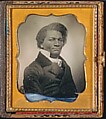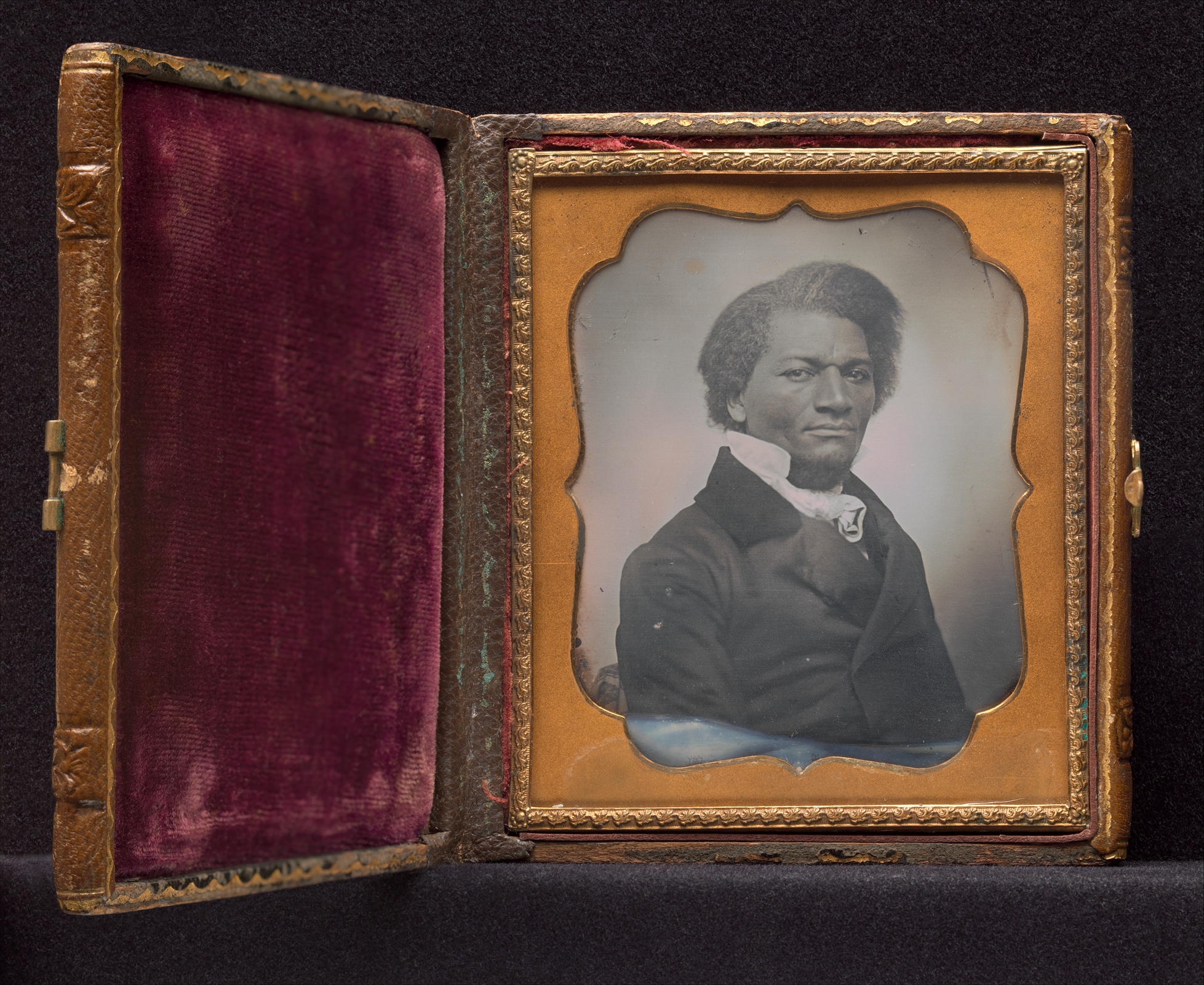Frederick Douglass
Not on view
Born into slavery, Frederick Douglass (1817–1895) escaped his bondage in 1838 and became the most persuasive orator for the cause of abolition, among other reformist causes. In addition to founding a newspaper and penning three autobiographies, he lectured extensively before and during the Civil War, "thundering against slavery," in the words of W. E. B. Du Bois. One of the first critical theorists of photography, Douglass delivered multiple lectures on the topic between 1861 and 1865, including "Pictures and Progress," on the medium’s ability to render subjective consciousness in an objective form. He advocated for photography’s potential to counteract distorted representations of African Americans and reverse the "social death" caused by slavery. Douglass posed for a series of influential portraits over several decades and circulated his image broadly in multiple photographic formats.
Due to rights restrictions, this image cannot be enlarged, viewed at full screen, or downloaded.
This artwork is meant to be viewed from right to left. Scroll left to view more.





